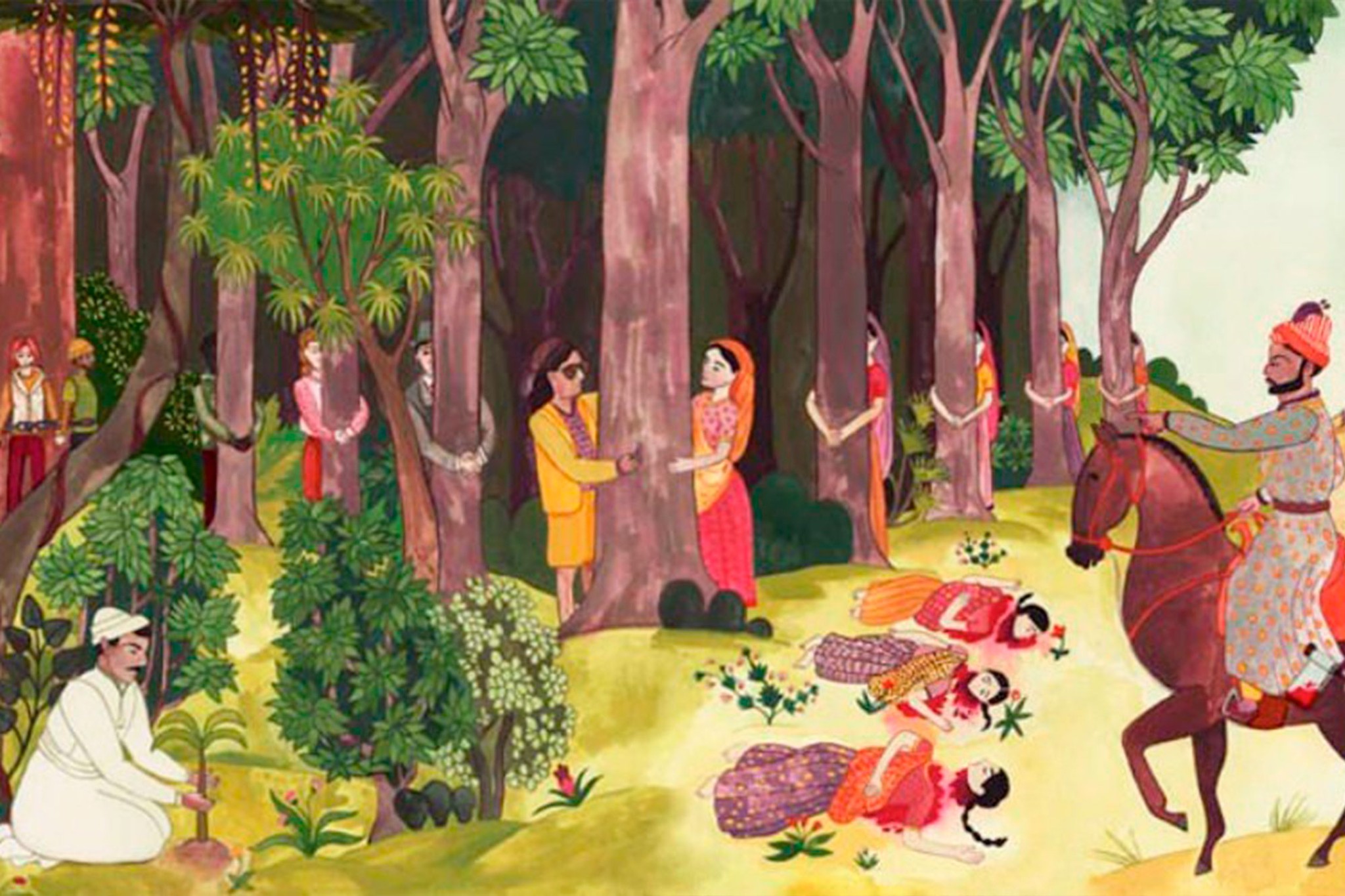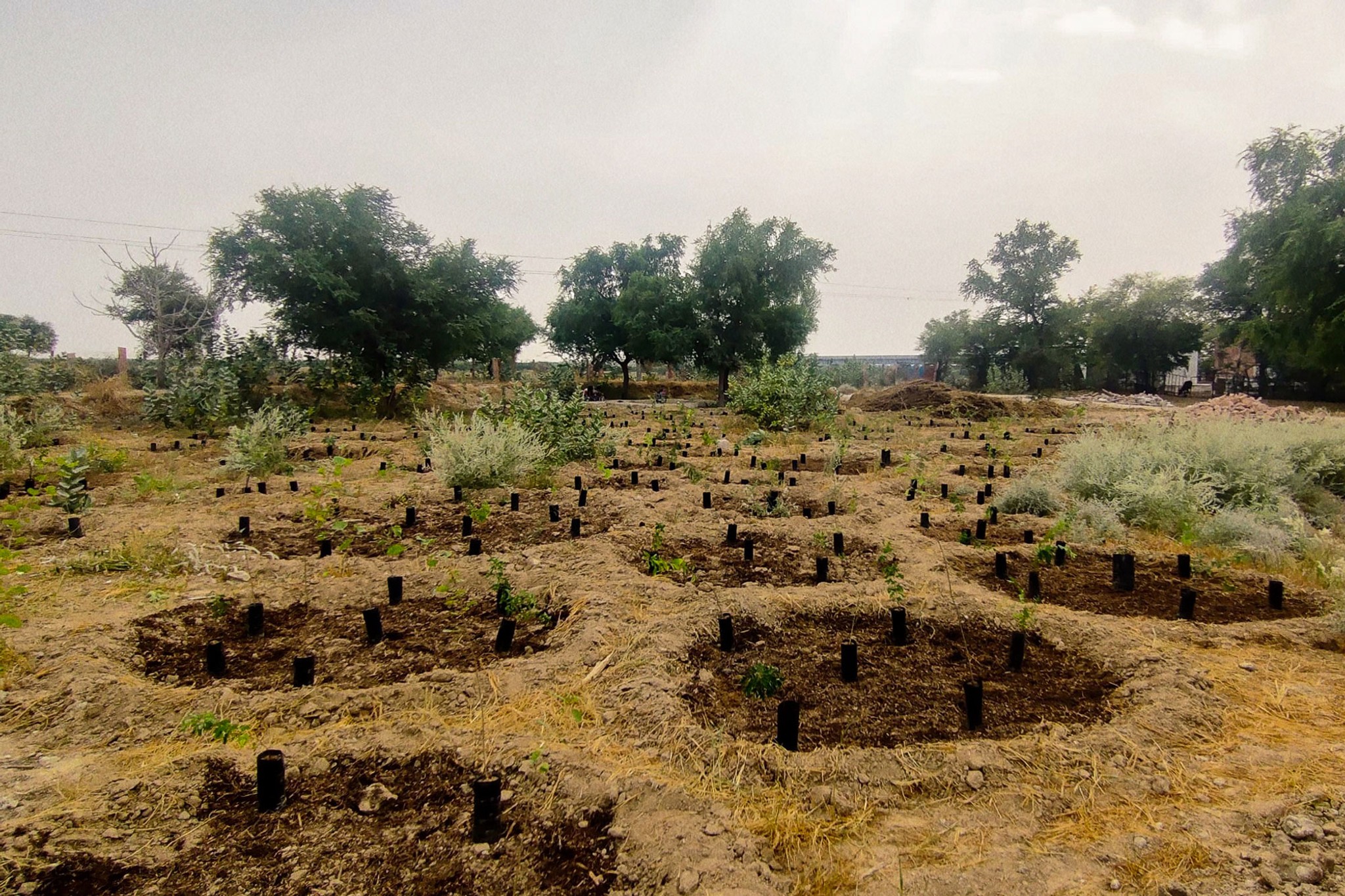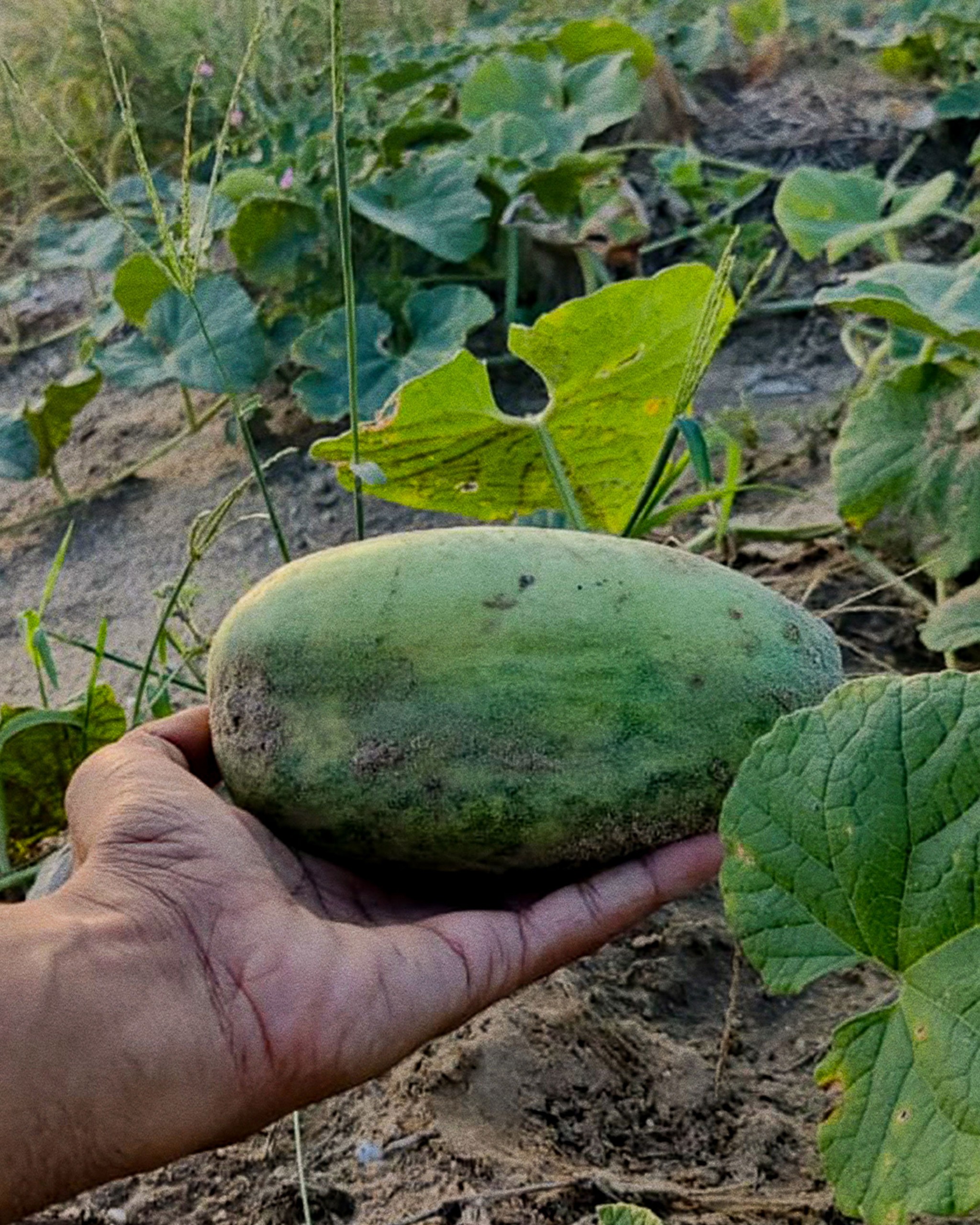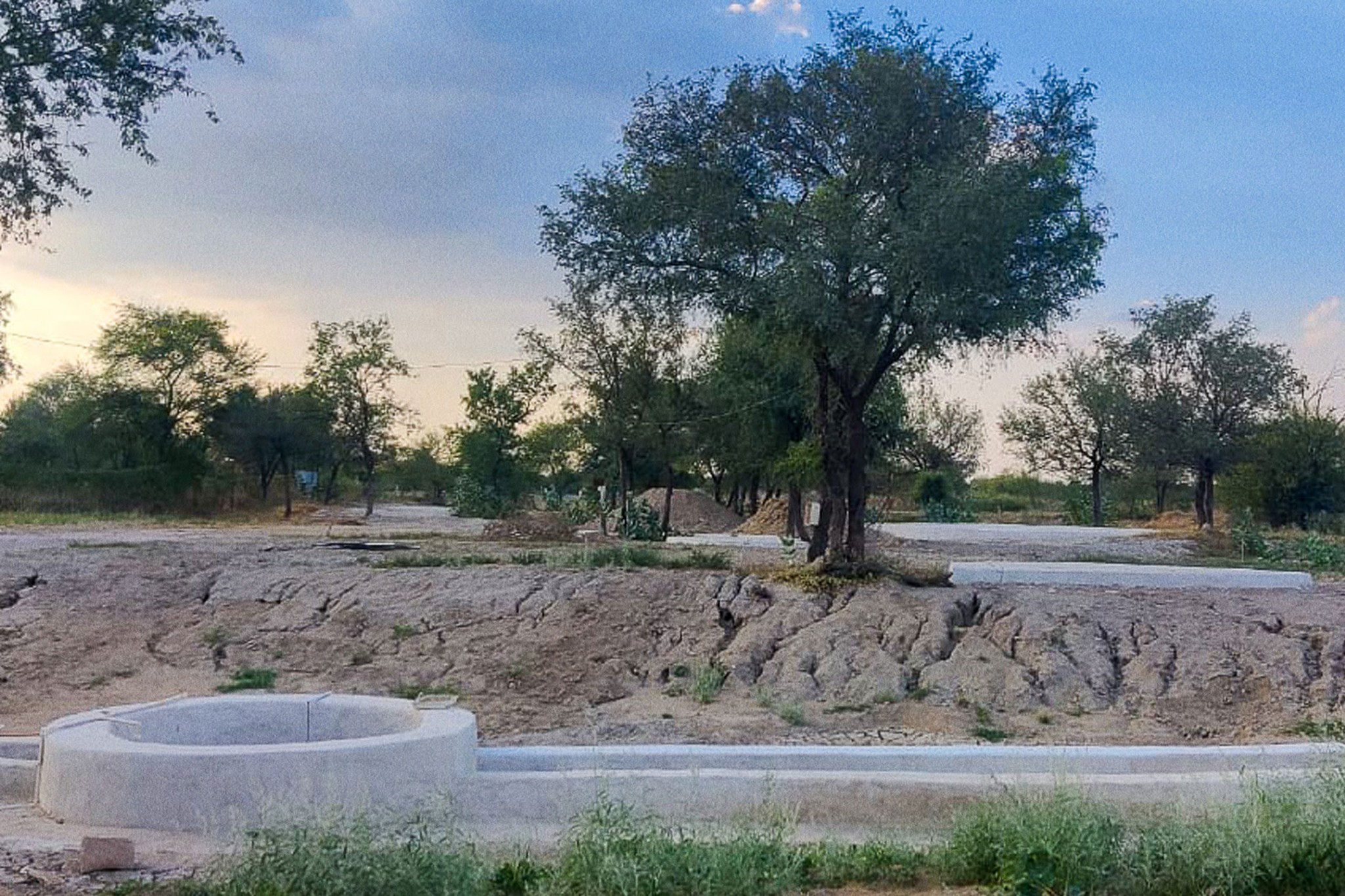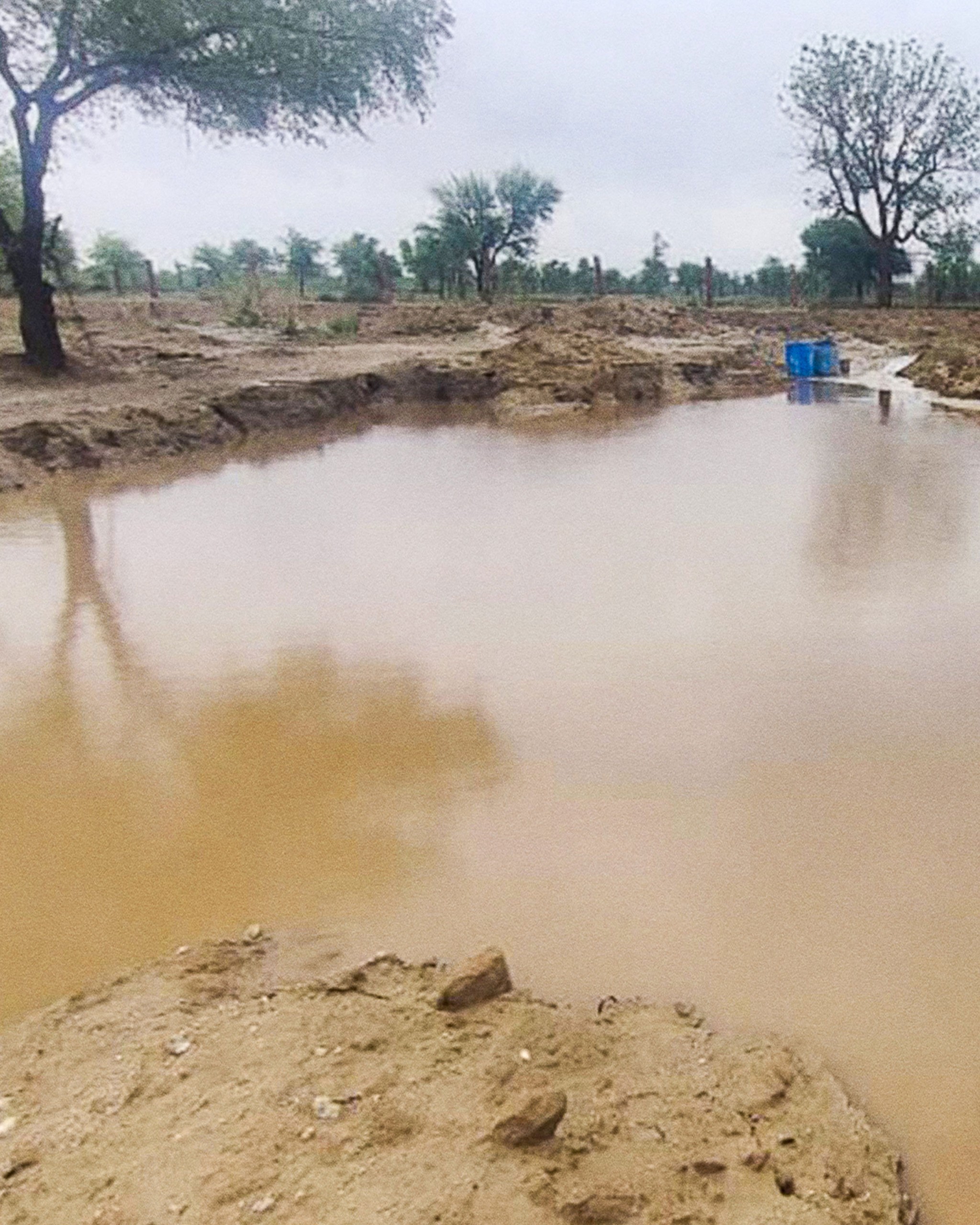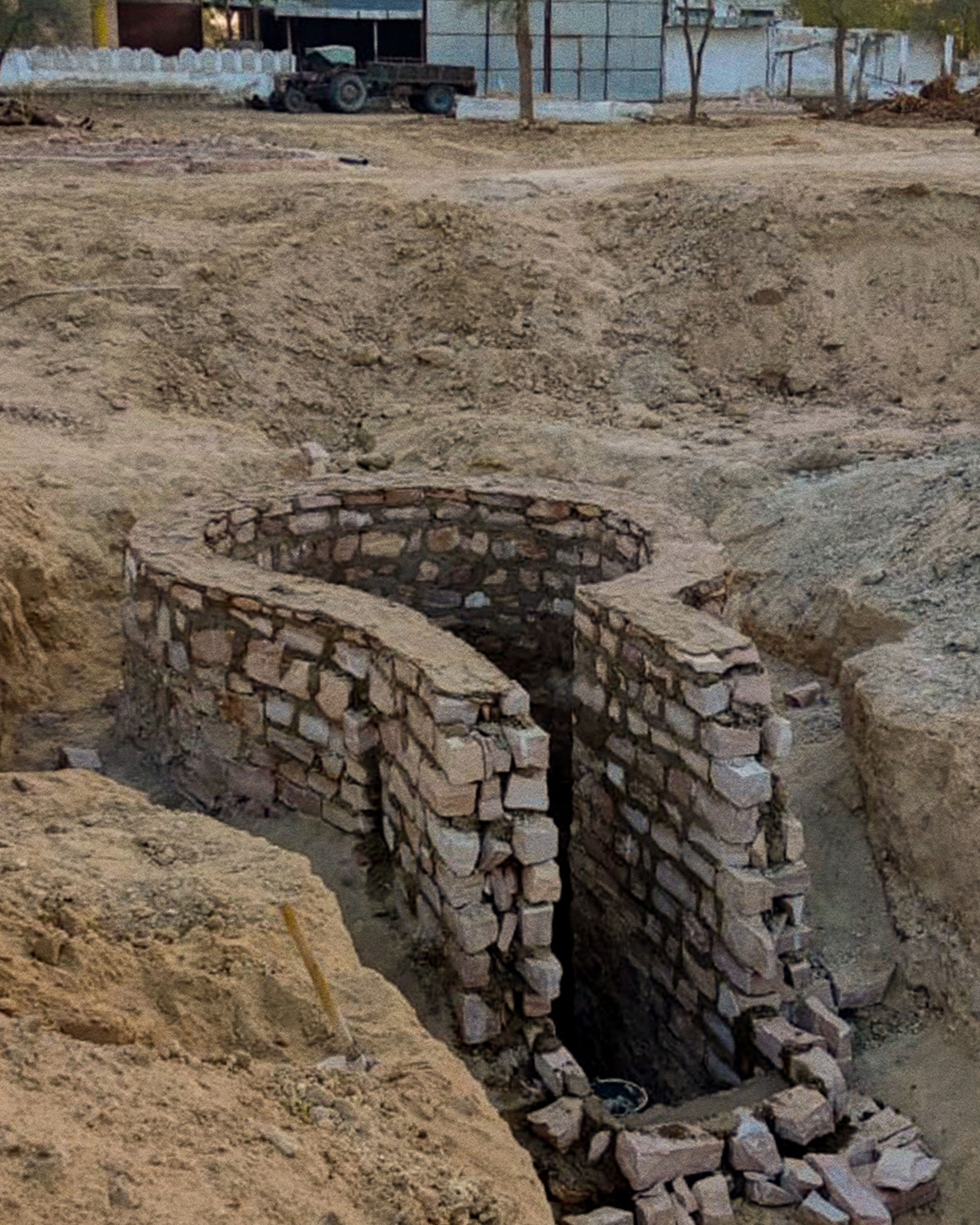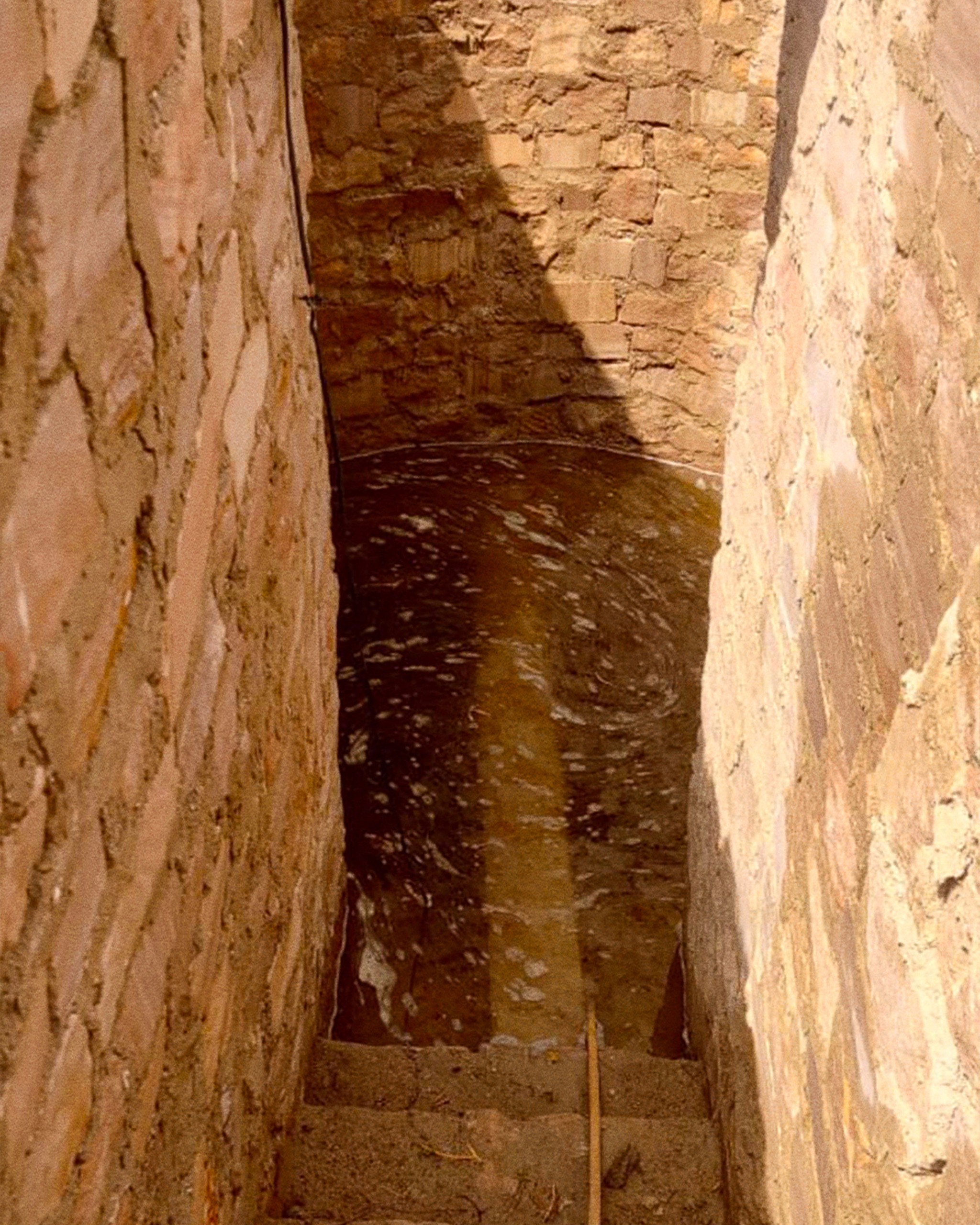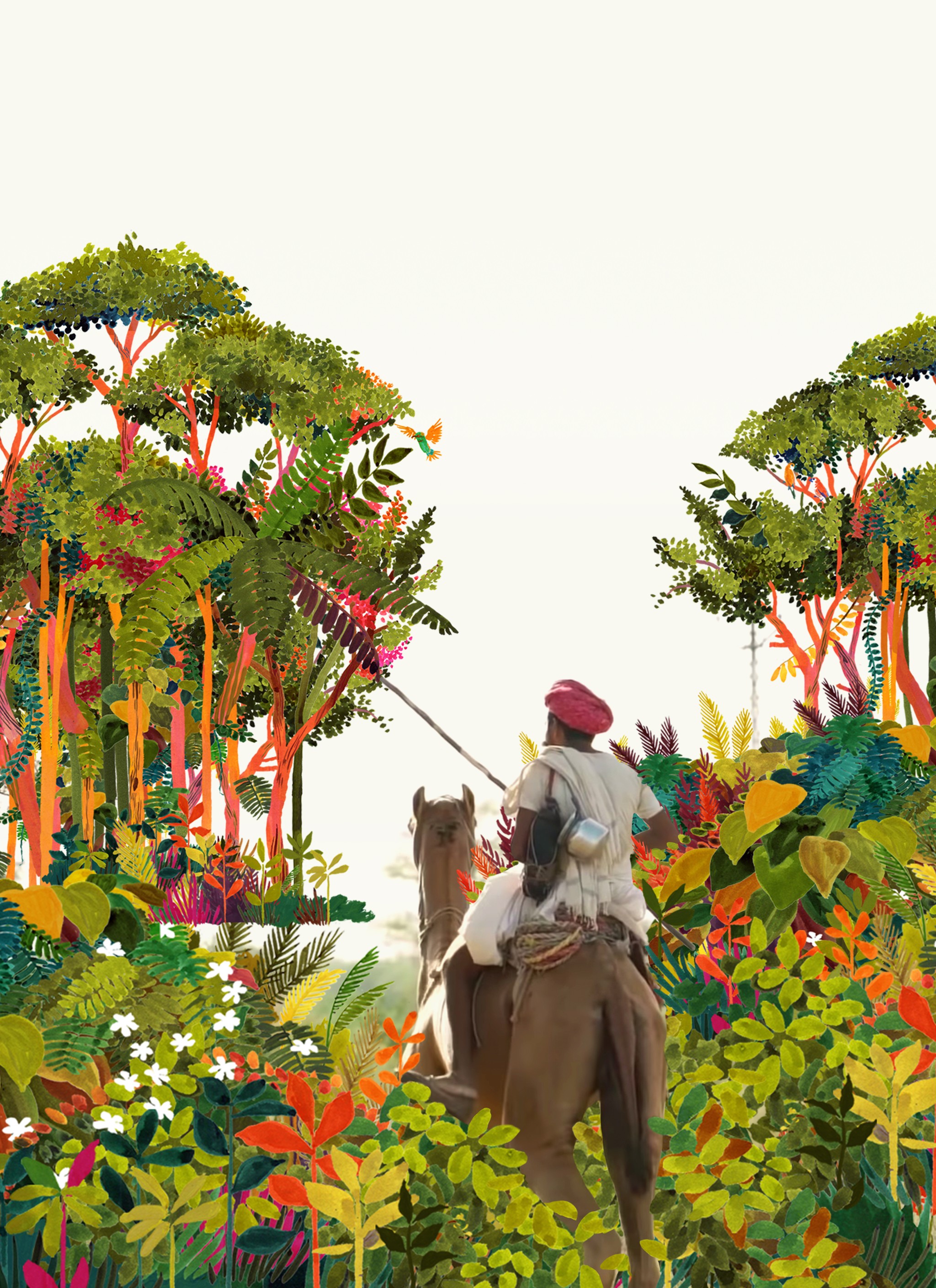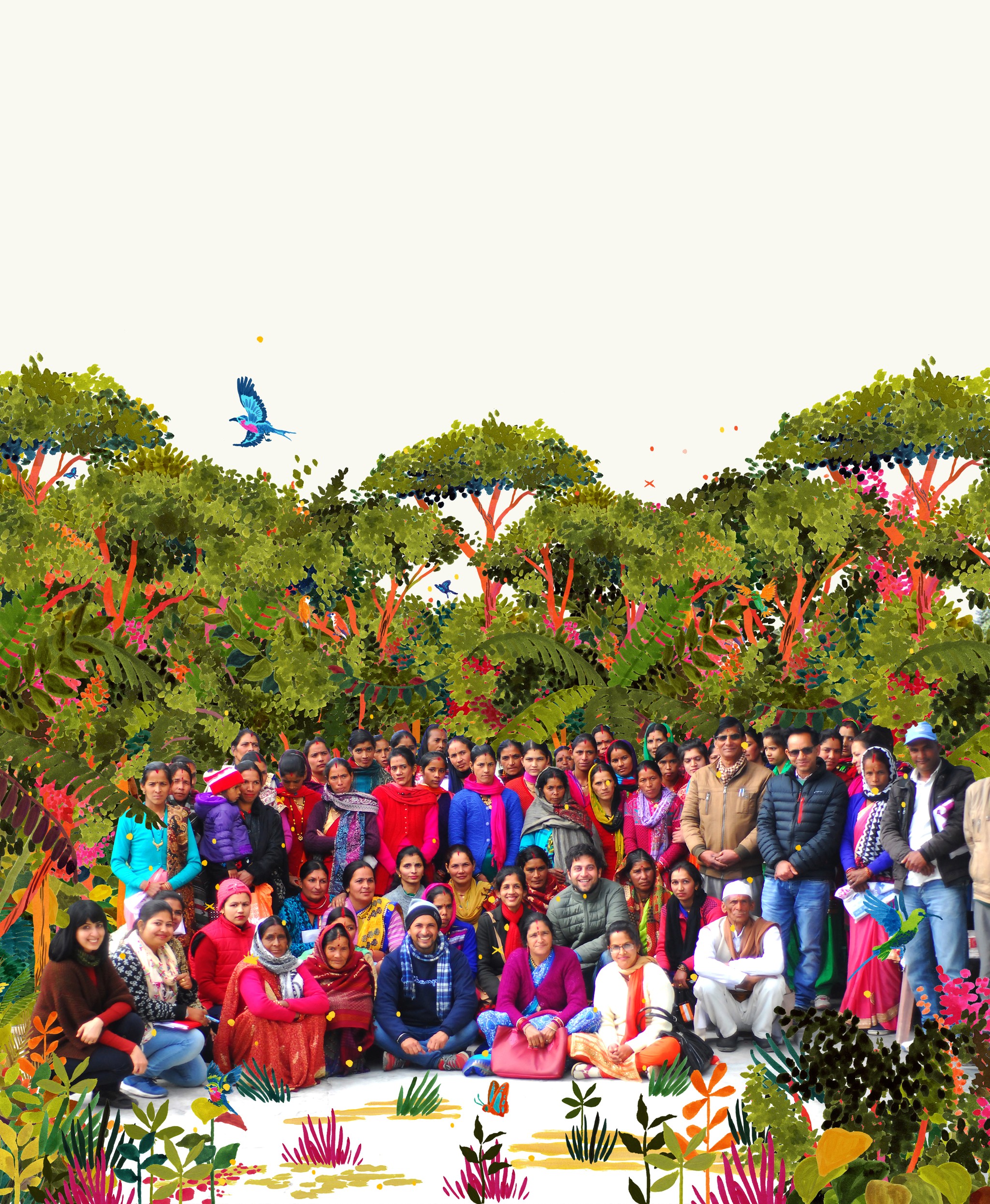Sukhad Aranya
Restoring India’s desert forest to heal people and planet.

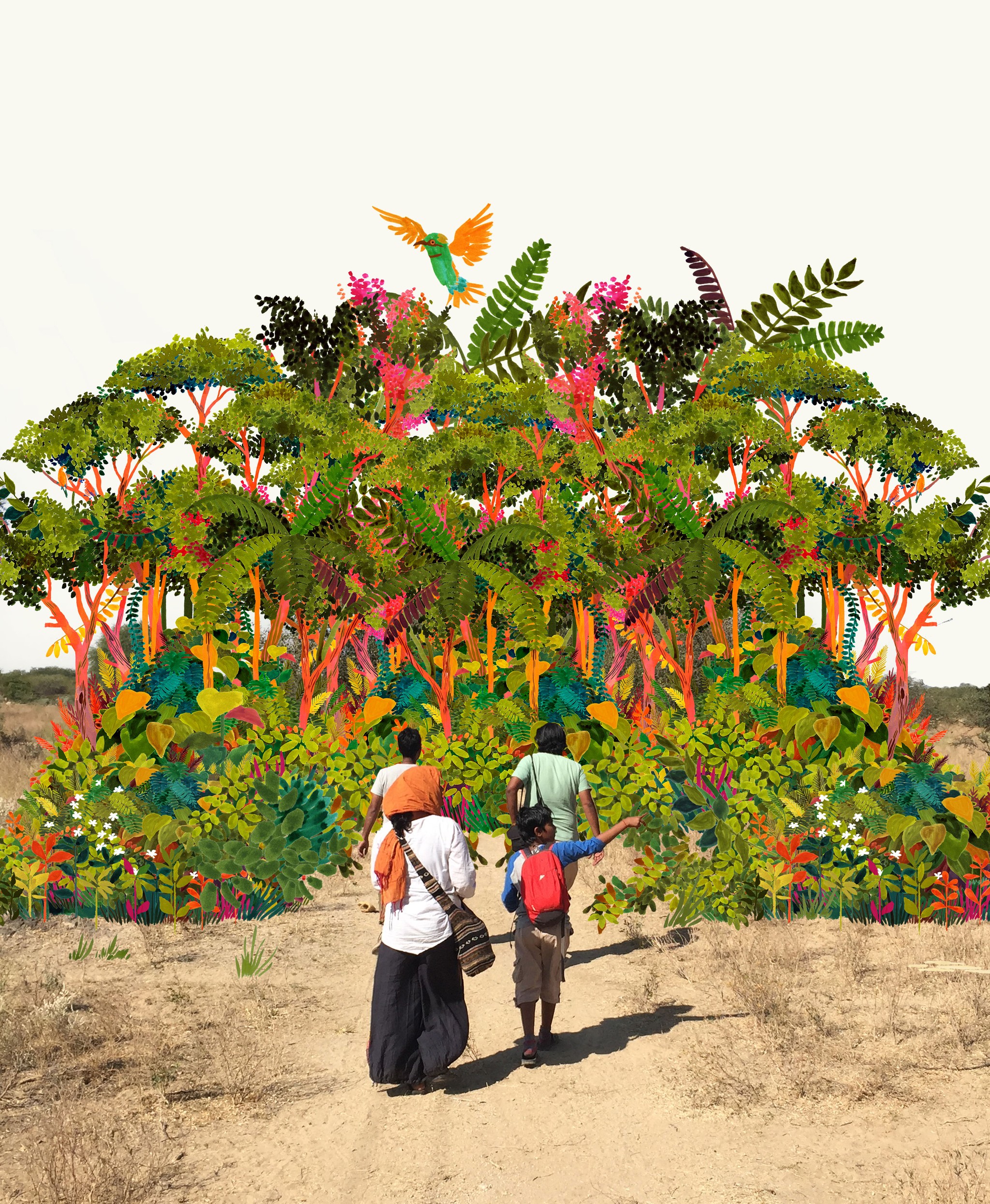
0
Trees, Shrub, Grasses & Vines
0
Square Meters
0
Native Species
Sukhad Aranya is a second phase of forest restoration on the site of Maruvan that will continue the ambitious restoration of India’s lost desert forests, whilst also being dedicated to cultivating an inner sense of peace and wellbeing. The Sanskrit name, Sukhad Aranya, means a forest that creates a happy and blissful mental state.
These desert forest ecosystems primarily consist of shrubs, giving them a very distinct appearance, feel and approach to restoring biodiversity. At the same time, with fewer tree species these forests subvert perceptions of traditional reforestation but are crucial in bringing diversity back to denuded land.
Forest Maker
Gaurav Gurjar


Forest Partner

Forest Design
Sukhad Aranya benefits both people and planet. It supports an array of wildlife, from antelope to various bird species and beyond, whilst also being designed to engage visitors to the on-site guesthouse.
The forest radiates a sense of healing and nourishment, incorporating spaces dedicated to natural walkways, meditation and yoga, reading and relaxing, and wildlife observation.
Learn more about the year long journey from the removal of non-native, invasive species, to sowing of millets which help in creating organic matter both above & below the soil. Followed by carefully selecting the plant association.
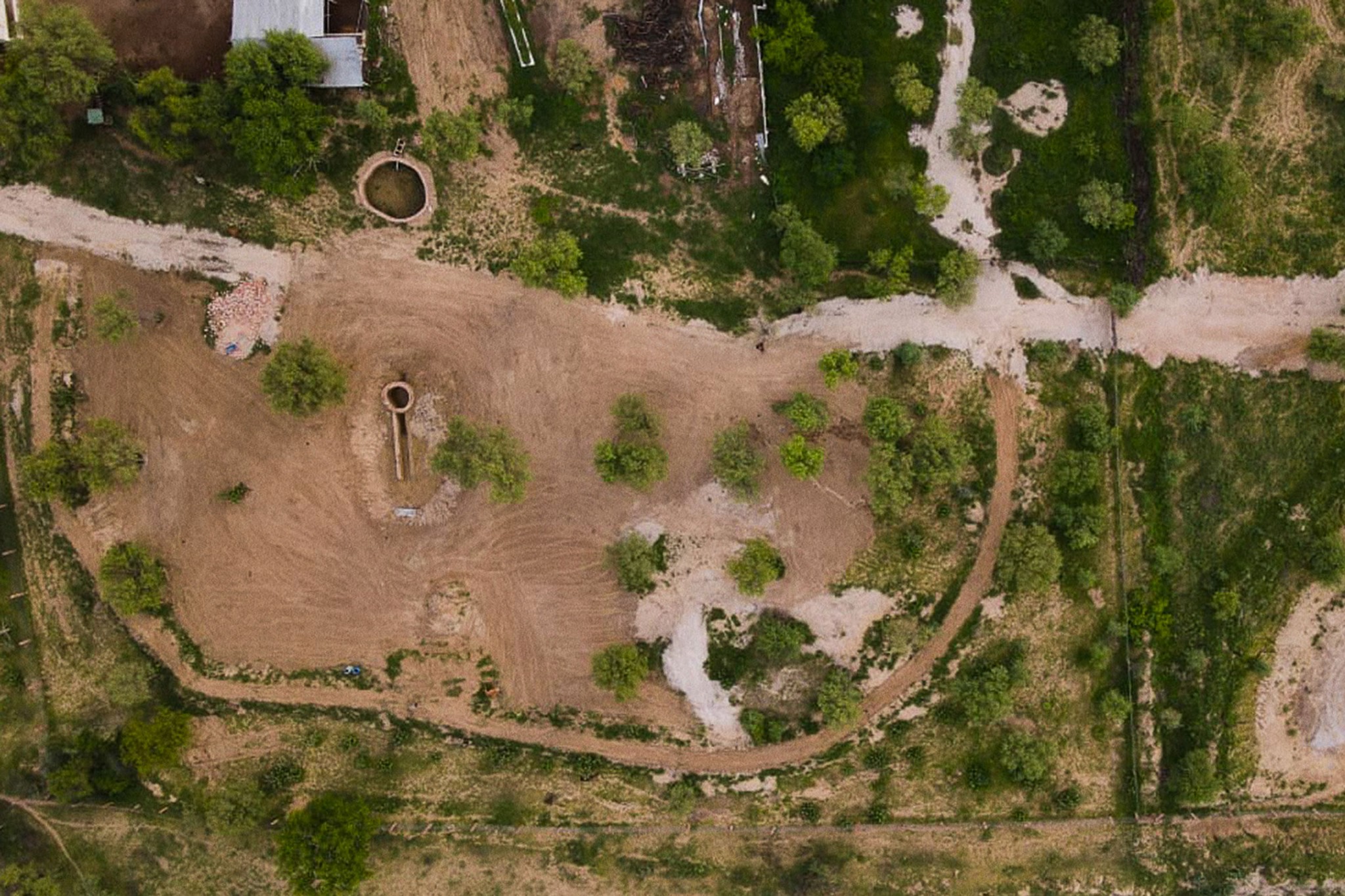
Forest Report:
2024
"I took a morning walk through Sukhad Aranya today, and I am thrilled to share that it has surpassed all our expectations, both in functionality and aesthetics. Although we maintained very high standards and put these particular forests through rigorous processes to enhance their resilience and robustness, the progress of this forest has astonished even me. Its evolution has been remarkable and continues to surprise me with its growth and vitality. Additionally, watering has been minimal, and the forest is already in self-sustenance mode with plumbing and motors removed." - Forest Maker, Gaurav Gurjar
Forest Report:
Planting
Date Forest Planted: 09.11.2023
- Plant associations and patterns marked and extra biomass mix in soil in the top layer.
- Plants are being moved to designated areas based the the formation plant associations
- Integration of strategic plant association near slope area to slow down run off water and handle specifically high pH soil.
- Strategic intervention of super deep rooted plants to hold landscape together in times of natural rhythmic devastating floods that happens 4-5 times in a century.
- We planted, mulched and watered the newly planted seedlings.
- Whilst doing all the above we passed the knowledge onto the next generation.
Forest Journal:
October 2023
- Before we dive into the planting, we just want to take a moment to observe the speed with which the landscape is healing (thanks to the work done to the land).
- The land is already looking like shrubland forest. Just have a look at the before and after images.
Forest Journal:
Late September 2023
- The skies cleared after 2 days of rain, and we found the site completely transformed.
- The images above and below soil give a good indication of the soil health: native grasses and millets vegetative growth above ground and root network below ground are both visible. The indication of mushrooms tells us more about a strong fungal network forming under soil as we anticipated.
- And .. a surprise! A wild edible cucumbers popped up: our first snack from Sukhad Aranya!
Forest Journal:
September 2023
Final stages before planting:
- Step well is fully operational, with motor and plumbing installed. Lime plaster drying up. Lime plaster helps in filtration and aeration of saline water and provides better quality of water as well as holding well together under extreme ground stress.
- Growth of millets and desert cotton along edges of step well and small pond to stop erosion and form fringe and mantle communities.
- Creation of seating platforms in natural materials to not harm root structures. Moreover, the placement has been carefully chosen keeping the morning / evening sun and light movement in mind.
- Creation of a central big circular space for multipurpose (yoga, performance, gatherings, music). Diameter of around 30 feet.
Forest Journal:
Summer 2023
July
- Creation “excess surface runoff rainwater filter chamber”
- This will filter out all organic matter, debris, top soil and silt from the water before it goes into our step well after 4 step filtration. It will also act as a natural pool during monsoons. All made using completely natural materials (zero cement).
June
- Desert land turned into a flood zone
- Due to the cyclonic storm, named Biporjoy, it rained for almost a week without end. Construction work of the stepwell had to halt.
- Meanwhile, our ponds overflowed and the stepwell submerged underwater (for which it was designed).
Note
- Gaurav observed over the past 4 to 5 years his land. He created a pond and the stepwell, about 200 meters apart. Both will create unique moisture zones. He also created various levels in soil to create microclimatic zones. If his strategy work out as planned, he might not need watering in the majority of area as these will be permanently hydrated zones.
“The aim is to restore soil structure and hydrological cycle in a way that, with very little intervention, Nature just bounces back at exponential speed. Looking back at the ancients who made the Thar desert one of most biodiversity and thriving deserts in the world, they understood the relation between coexistence and abundance. That is what we want to achieve.”
Gaurav Gurjar, SUGi Forest Maker
Forest Journal:
Spring 2023
May
- Sandstorms and thunderstorms as well as massive rains.
- Several trees broke but in good news! The earthworks of our stepwell are working with utmost precision and better than expected. The well is already full and no roof top rainwater has been channeled to it nor have the monsoons started. It has 8 feets of water already which is like a miracle ! The villagers are already coming to see sweetwater available in this small well (unique in this saline region).
April
- Creation of a traditional stepwell to ensure the watering of the forest.
- The stepwell is made using the traditional method of lime and stone only (zero cement). With a depth of over 8 meters, it is designed to last for centuries to come.
March
- Clearing of the land from the super invasive Prosopis juliflora.
The History of Rajasthan
In 1730 in Rajasthan, India, 363 local women and men sacrificed themselves for the green forests of the region that were to be felled by the Maharaja’s people. Although the forest was destroyed and many people died, the story has an everlasting impact on environmental activism and is the root to the Chipko movement in India.
